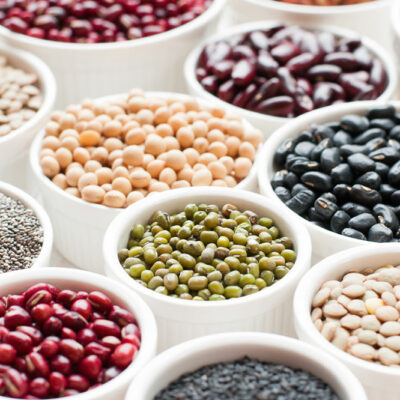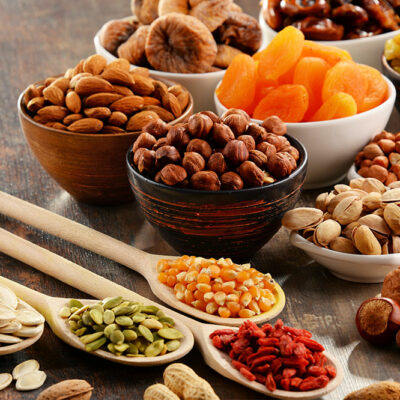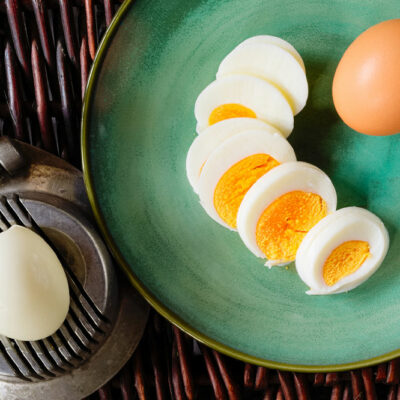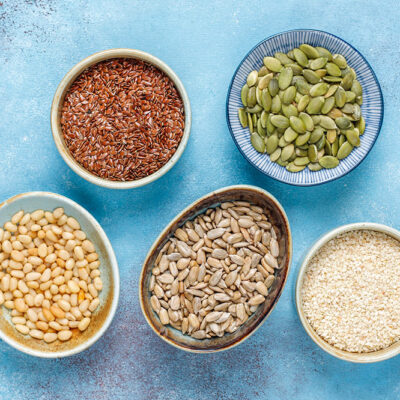
What does ADHD look like in children
At times, it is normal if your child forgets something, daydreams in school acts without thinking, or gets restless at the dinner table. When this behavior is fused with frequent bouts of inattention, hyperactivity, and impulsivity, it may be a sign of attention deficit hyperactivity disorder or ADHD. ADHD is one of the most common neurodevelopmental disorders that generally appear in early childhood. Research reveals that one in ten children between the ages of 5 and 17 years is diagnosed with ADHD in the country. ADHD in children is often associated with the problems they face at school—being inattentive most of the time, losing things, and more. It is a common observation that young boys are more likely to be diagnosed with the disorder than young girls, which may be because one of the significant symptoms of ADHD, hyperactivity, is more pronounced in boys’ behavior. A few girls might also display the classic symptoms of hyperactivity, but it’s rare among them. In girls, the disorder mainly manifests in the form of continually daydreaming or over-talkativeness. However, parents must realize that many ADHD symptoms might only be typical childhood behaviors and can vary from child to child, which makes ADHD a challenging disorder to diagnose.
Read Article 









